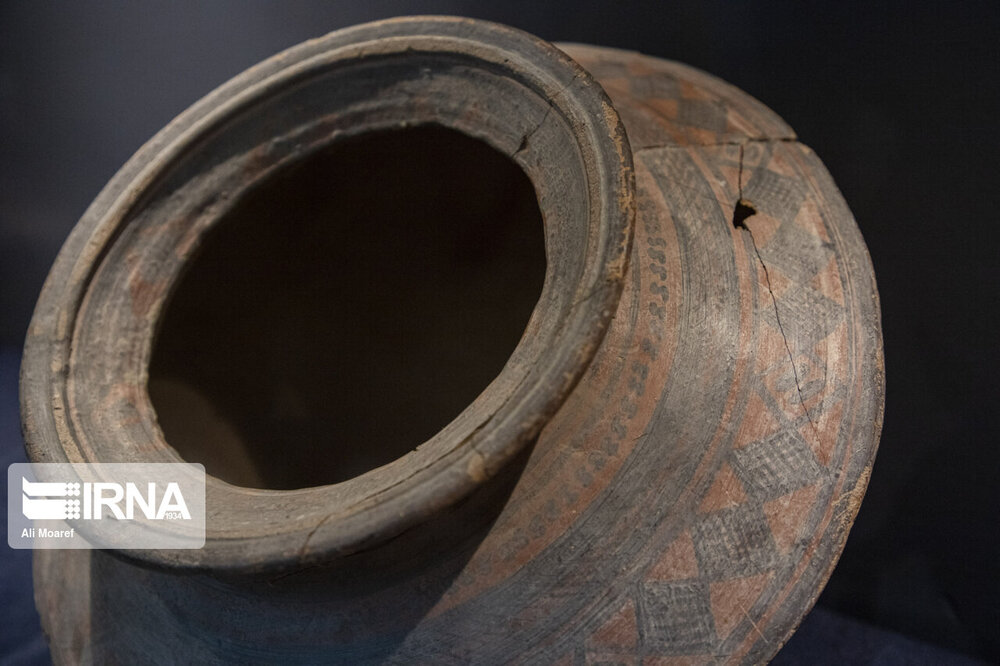Elamite relics recovered in western Iran

TEHRAN – Iranian police have recovered four relics estimated to date from the Elamite era (3200 – 539 BC).
A bowl, pitcher, and statues of a mountain goat and a bird were found while police forces conducting an inspection at the house of an illegal antique dealer in Kuhdasht, Lorestan province, IRAN reported on Wednesday.
The suspect was surrendered to the judicial system for further investigation and trial.
Elam was one of the most impressive civilizations in the ancient world. It was never a cohesive ethnic kingdom or polity but rather a federation of different tribes governed at various times by cities such as Susa, Anshan, and Shimashki until it was united during the Middle Elamite Period, briefly, as an empire.
The name Elam was given to the region by others – the Akkadians and Sumerians of Mesopotamia – and is thought to be their version of what the Elamites called themselves – Haltami (or Haltamti) – meaning “those of the high country.” 'Elam', therefore, is usually translated to mean “highlands” or “high country” as it is composed of settlements on the Iranian Plateau that stretched from the southern plains to the elevations of the Zagros Mountains.
Situated in southwest Iran, Susa was once the capital of the Elamite Empire and later an administrative capital of the Achaemenian king Darius I and his successors from 522 BC. Throughout the late prehistoric periods, Elam was closely tied culturally to Mesopotamia. Later, perhaps because of domination by the Akkadian dynasty (c. 2334–c. 2154 BC), Elamites adopted the Sumero-Akkadian cuneiform script.
AFM
